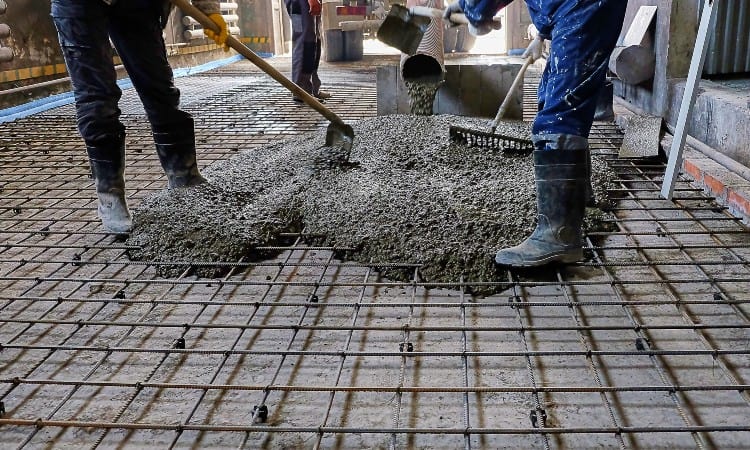While concrete may not be your first thought when considering backyard landscaping projects, it offers numerous advantages. Thanks to modern mold-forming, color and texture techniques, concrete can complement any outdoor design idea beautifully.
Landscaping often centers on plant selection, but curbing, edging and walkways also play a critical role in creating an appealing yard. By adding decorative concrete features such as curbing or edges to these features, designers can add distinct design touches for added impactful and eye-catching effects.
Curbing
Concrete slabs Melbourne curbing is an effective way to demarcate garden beds, sidewalks and patios with distinct borders. It comes in numerous styles to complement the style and theme of your landscaping design and prevent weeds and grasses from emerging in your flower beds.
Landscape curbing installation typically follows sod cutting and ground preparation. A curbing machine then pushes out concrete to form straight lines; on large commercial jobs an auger machine works best while for smaller residential jobs compaction ram machines may work more effectively.
Concrete walls and fences can add an attractive element to any landscape design, while keeping pets and children safely within the yard. You can even shape them to look like stone or wood for extra appeal – plus colored or stamped surfaces add even more natural appeal!
Edging
Flowers such as peonies, daffodils and hydrangeas make beautiful additions to any garden design, but require an effective barrier against their uninvited expansion into the lawn. Landscape edging defines flower beds, footpaths and trees in various designs to match any aesthetic; concrete edging installation at home takes no more than one day depending on its size and cost.
Precast concrete edging is often preferred because of its speedy installation process and improved durability compared to pavers or flagstone. Homeowners can opt for DIY garden edging by pouring their own concrete garden edging using a mix formulated with synthetic fibers that reduce cracking and spalling as well as increase abrasion resistance so it can withstand lawnmowers’ impacts.
When crafting it yourself use formulated concrete mix that contains synthetic fibers so cracking can be minimized while improving abrasion resistance withstand lawnmowing impacts while being durable enough for lawnmowing use! When crafting it yourself use synthetic fiber-formulated mix concrete mix formulation formulated to avoid cracking spalling while improving abrasion resistance so it withstands impact from lawnmowing impact while using lawnmowing impacts to create custom look!
Pavers
Paved patios, pool decks, walkways or driveways add elegance and grace to any outdoor living space. Concrete pavers offer virtually endless style and color possibilities that mimic naturally occurring materials like stone or clay brick paving stones.
Softer looking than concrete slabs, pavers have an array of curves available for them that allow them to blend into different areas of your landscape seamlessly. Pavers also perform better in cold climates than asphalt or poured-in-place concrete – resisting freeze-thaw cycles better and deicing salts better while resisting the freeze-thaw cycle more reliably.
Pavers do have some drawbacks, however. Oil can stain them, and regular applications of paver sealer must be applied in order to preserve their appearance. They may also reveal themselves as faux with repeating shapes and textures that hint of fakery; a professional can minimize these flaws to give a flawless appearance.
Walls
Concrete walls can add both a modern or traditional touch to your landscape design, as they are durable, versatile and easily adaptable. Concrete walls may be cast directly in-place or precast from block material for use as foundation walls, retaining walls or decorative features.
Finding and planning for a wall are the initial steps, while construction itself should be handled by professional installers for maximum soundness and safety. Selecting brick is often popular due to its sturdy build that can easily match other landscaping features; stone can also provide great options.
First, excavate the footings for your wall with a level string line and mark its path from reference points on your property. Installation should proceed step-by-step using traditional mortar instead of adhesive to secure blocks securely.




